The aquarium is spread out over two interconnected buildings, each with two floors. One building contains animals found in the open sea, and the other at the ocean’s edge. In the downstairs area is a new exhibit – The Jellies Experience.
There are signs everywhere explaining all the animals wonderfully. I was too busy looking at the jellyfish to remember what I was looking at, so any corrections would be appreciated.
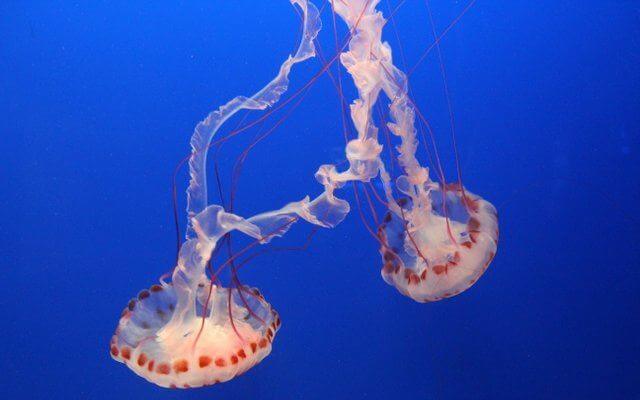
Purple-striped jelly
The Purple-striped jelly is native to Monterey, and has a powerful, but non-fatal sting. They grow up to a metre in diameter and crabs have been known to catch a ride on the inside of the dome.
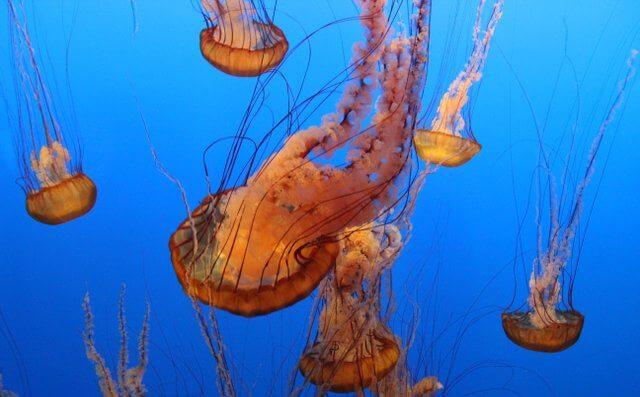
Black Sea Nettle Jellies
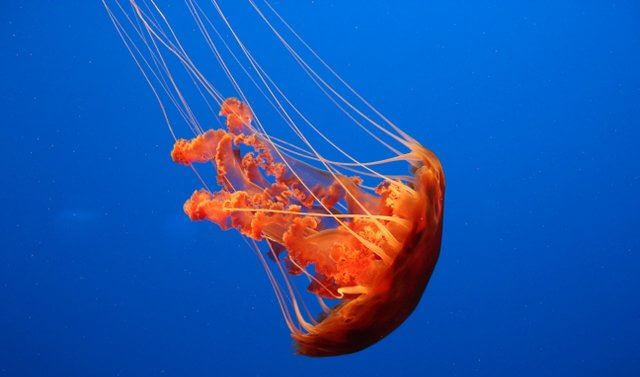
Black Sea Nettle Jellyfish
The most visually arresting of the exhibits in the Jellies Experiences, these Black Sea Nettle jellyfish contrast beautifully with the cobalt blue environment. These 6-foot-long jellies appear and disappear along the California coast line for years at a time.
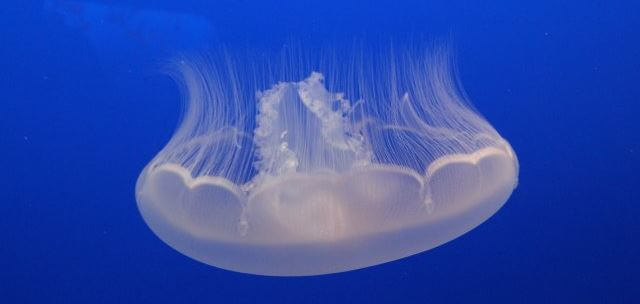
Moon Jelly
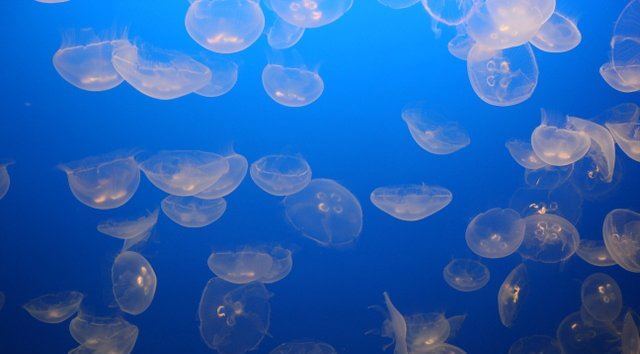
Moon Jellies
The most numerous of the jellyfish in the exhibit, these change colour depending on what they’ve been eating.
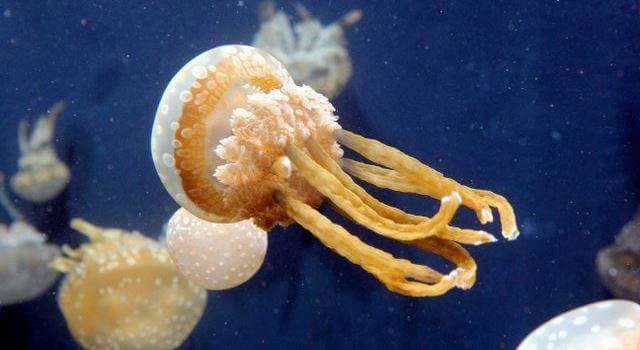
Possibly a Sea Nettle Jelly
Sea Nettle Jellies are aggressive stingers. They attach themselves to their prey, then paralyze them. Like some of the other jellies, these can have crabs riding inside, but in this case the passenger actually eats its host.
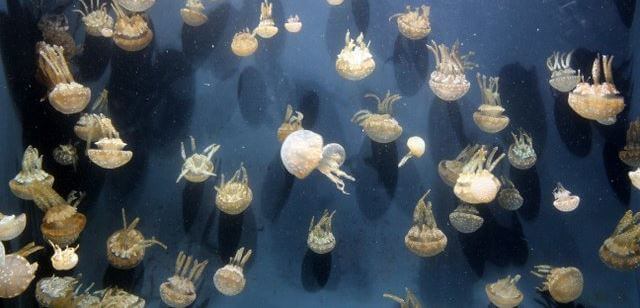
Spotted Jellies
Very pretty to look at, but the only thing I remember is that they have mouths in their arms (as so many of the others).
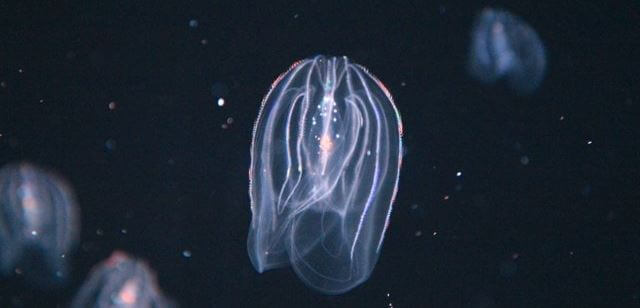
Comb jelly
Comb Jellies have eight rows of comb-like plates lining their dome. These shimmer as they are contracted to propel the jelly through the water. Whilst they look pretty harmless, they’re actually cannibals, eating other smaller Comb Jellies. Their bodies are 95% water, so I guess they’re only 5% cannibal if that makes it any better.
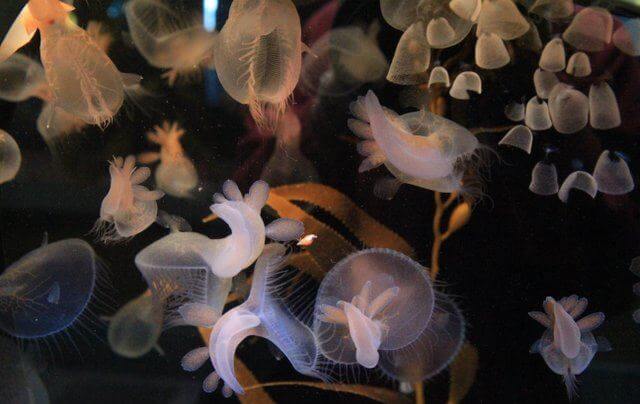
Possibly a Melibe – it was in the Jellies Experience, but is actually a sea slug
These live in the kelp forests and smell of watermelons. Couldn’t check.
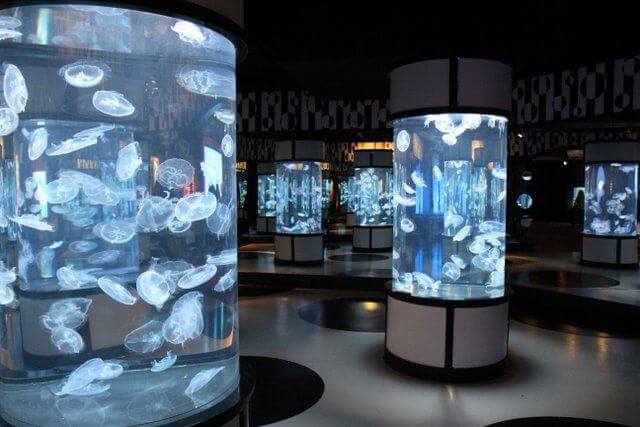
A small section of the Monterey Bay Aquarium Jellies Experience
The Jellies Experience ranges from upright tanks like those above, to large interactive games. There are also all sorts of crabs and other invertebrates in the same area.
Entry is included in the price of the Monterey Bay Aquarium Ticket. More on that, and how to save on your visit, next time.
Again, I’m a bit clueless about flora and fauna, and was still being excessively happy about having seen a Sea Dragon, so any corrections would be appreciated.


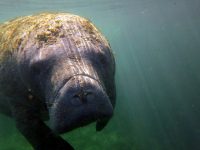





I looooove aquariums and I think that whenever they have jellyfish exhibits that those are my favorite part—they’re just so elegant and graceful, the ballerinas of the ocean if there ever were ones! Now that my husband and I are certified divers, I’m hoping that one day we’ll be able to see some of these in the wild… though preferably not the ones that have lethal stings! 😀
Pingback: Steve Whitty (@stevo120665)
Pingback: @20YH
Pingback: LifebyCynthia (@LifebyCynthia)